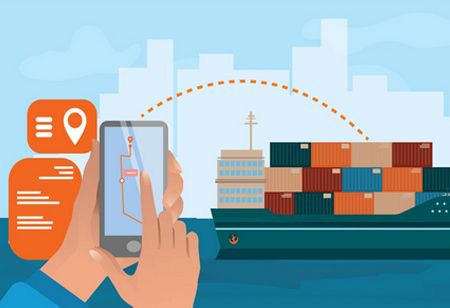
Indian Government Set to Fully Digitalize Customs Clearance


In a significant move towards enhancing trade efficiency, the Indian Government has announced plans to fully digitalize the customs clearance process by April 2026.
This ambitious initiative aims to bring more departments under the Single Window Interface for Facilitating Trade (SWFIT) portal, ultimately reducing the time and cost associated with import and export activities.
The digitalization effort will eliminate the need for physical documentation in customs clearance, allowing traders to submit all necessary documents online.
This transition to a paperless trading environment is expected to significantly streamline the customs process, making it more efficient and transparent. The Central Board of Indirect Taxes and Customs (CBIC) highlighted in a recent report that the digital initiatives already implements have led to a notable reduction in transaction costs and turnaround times for trade.
The CBIC’s report also indicted positive outcomes from the digitalization efforts at various ports across India. For imports, nine out of the 15 surveyed posts witnessed a reduction in average release times in 2024 compared to the previous year. Similarly, the time taken for regulatory clearance of cargo for exports has markedly decreased, particularly at inland container depots and air cargo complexes. Currently, the SWIFT portal enables importers and exporters to submit their clearance documents online in a centralize manner.
Additionally, “Turent Customs” streamlines the export approval process, while ‘E-Sanchit’ allows traders to upload supporting documents digitally for clearance.
The Unified Logistics Interface Platform (ULIP) facilitates communication between different logistics systems, further simplifying the process. Looking ahead, the government is working on integrating these separate digital portals into a single in unified platform, which is expected to be operational within the next two years. This platform will further enhance the ease of doing business by providing a comprehensive solution for all customs related activities.
Experts in the field suggest that the customs department should also focus on developing online compliance modules for its trade facilitative schemes. For instance, enabling online bond-to-bond transfers for Manufacture and Other Operations in Warehouse (MOOWR) units could streamline the closure of bonds at ports of entry once products are exported. Currently this process is handled manually. With these initiative, the Indian government is poise to transform the customs process, making it more efficient transparent, and conducive to international trade.